Many little flying insects emerged from our rock garden, and some landed on the wet tiles.
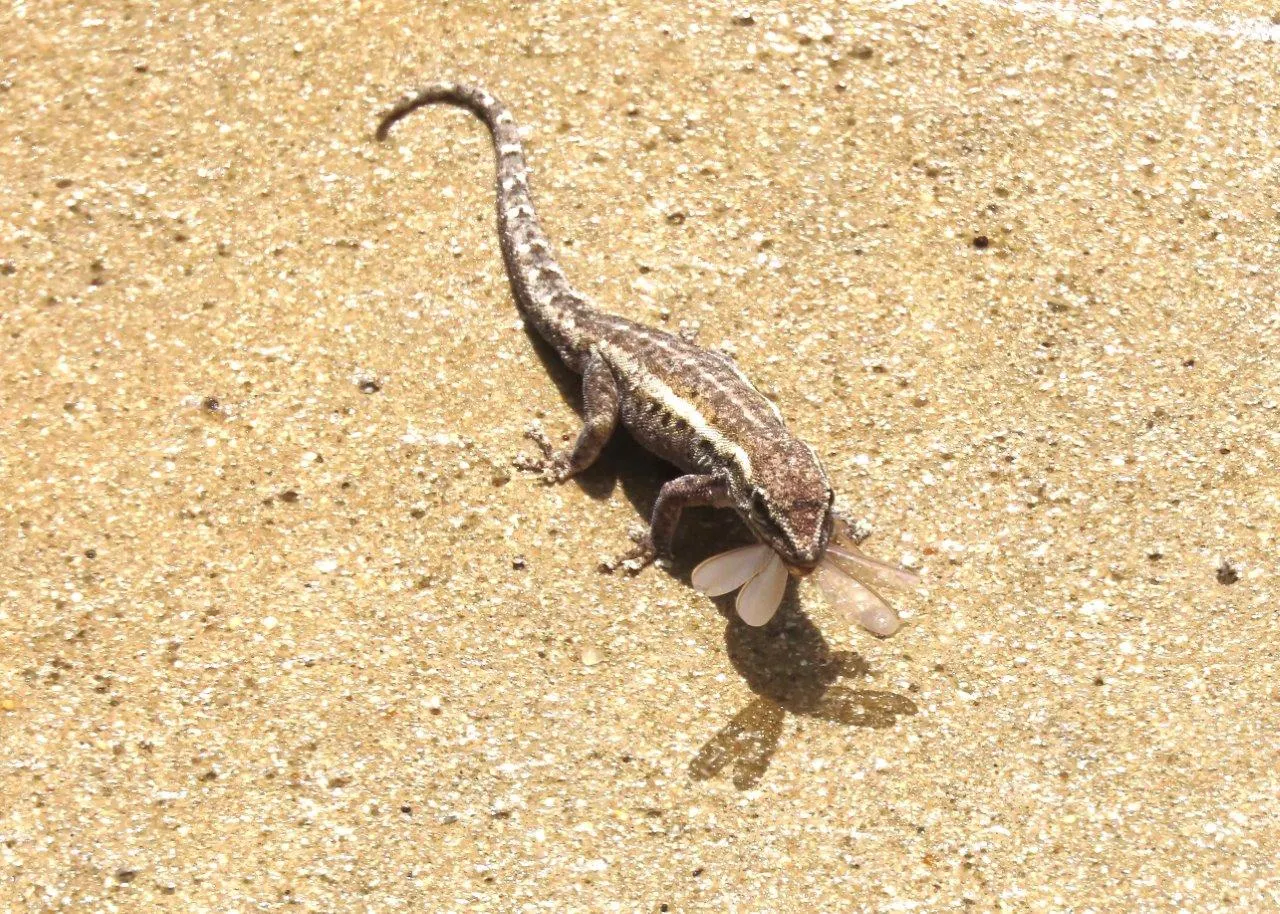
This is gecko territory, and they were having a feast chasing down the flyers.
The rain must have disturbed a nest of the flying insects, as they were still small, and the geckos thought that it was Christmas time come early.
They were dashing around all over the place hunting the little flyers, and as soon as one would sit on a tile, a gecko would get it.
It was a bit awkward to get the photos through the glass of a window, but I dare not go outside, as then all of the geckos would scatter.
Thankfully a few photos were not bad, as you will see in here.
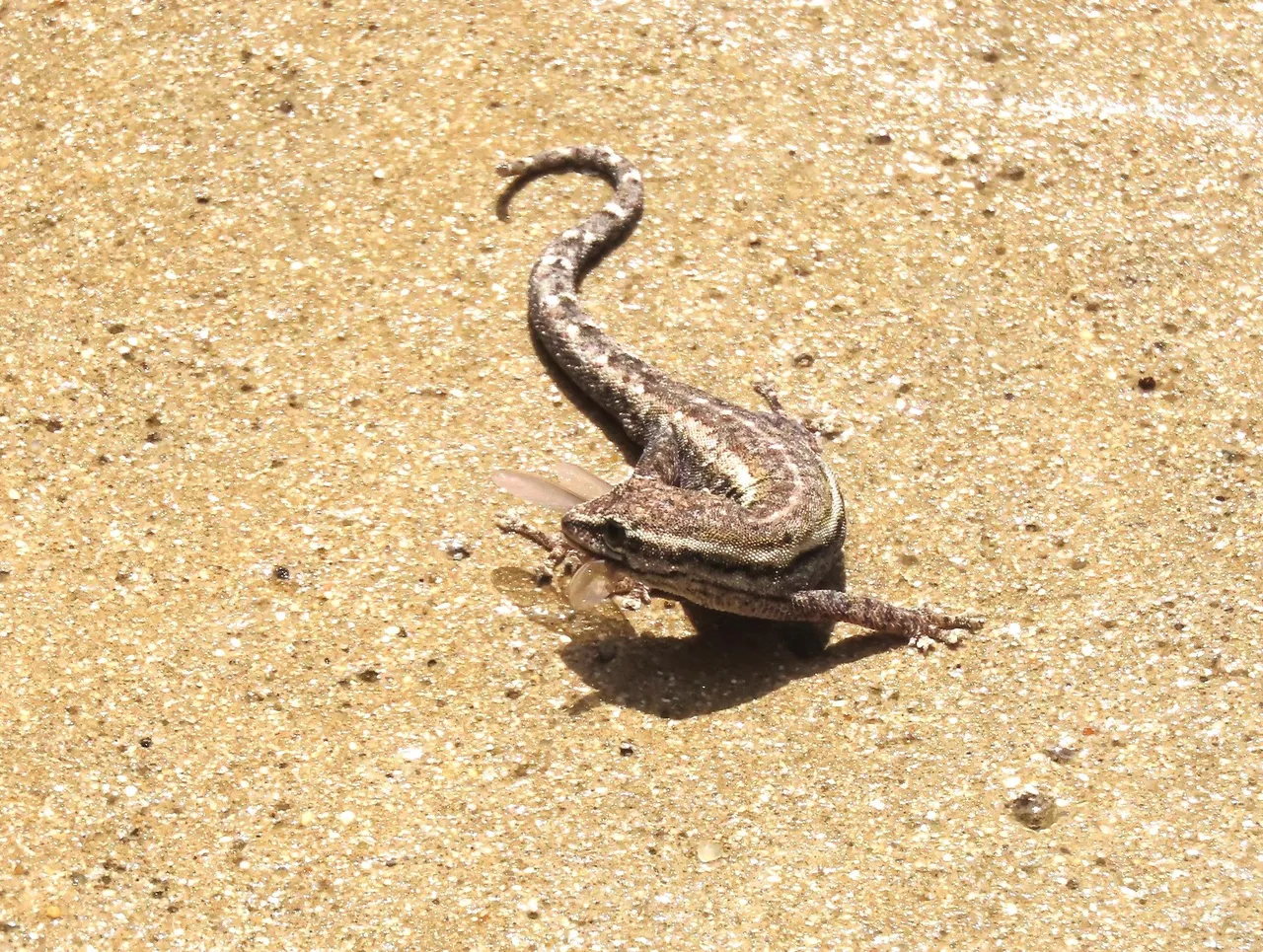
Some more information about Cape Dwarf Gecko's can be found at the safe link below.
The Cape dwarf gecko (Lygodactylus capensis)('lygodactylus' = 'flexible fingers') is a species of dwarf gecko found in the woodlands and forests of central and southern Africa. It also occurs commonly in towns and cities and is sometimes kept as a pet.
It occurs in South Africa, Botswana, Eswatini, the Democratic Republic of the Congo, Zambia, Angola, Namibia, Mozambique and Tanzania, including Pemba Island. Its distribution within South Africa has expanded south and westwards towards the coastal areas since 1981.
Length (snout to vent length) is 39 mm for males, 43 mm for females. Throat is stippled with grey or brown while the belly is cream coloured. The back is grey-brown with dark streak from snout to shoulder or beyond. Its tail is remarkable for having the underside covered in adhesive lamellae enabling its use as a fifth limb.
They are adult Dwarf Geckos and they don't get any bigger than these ones below.
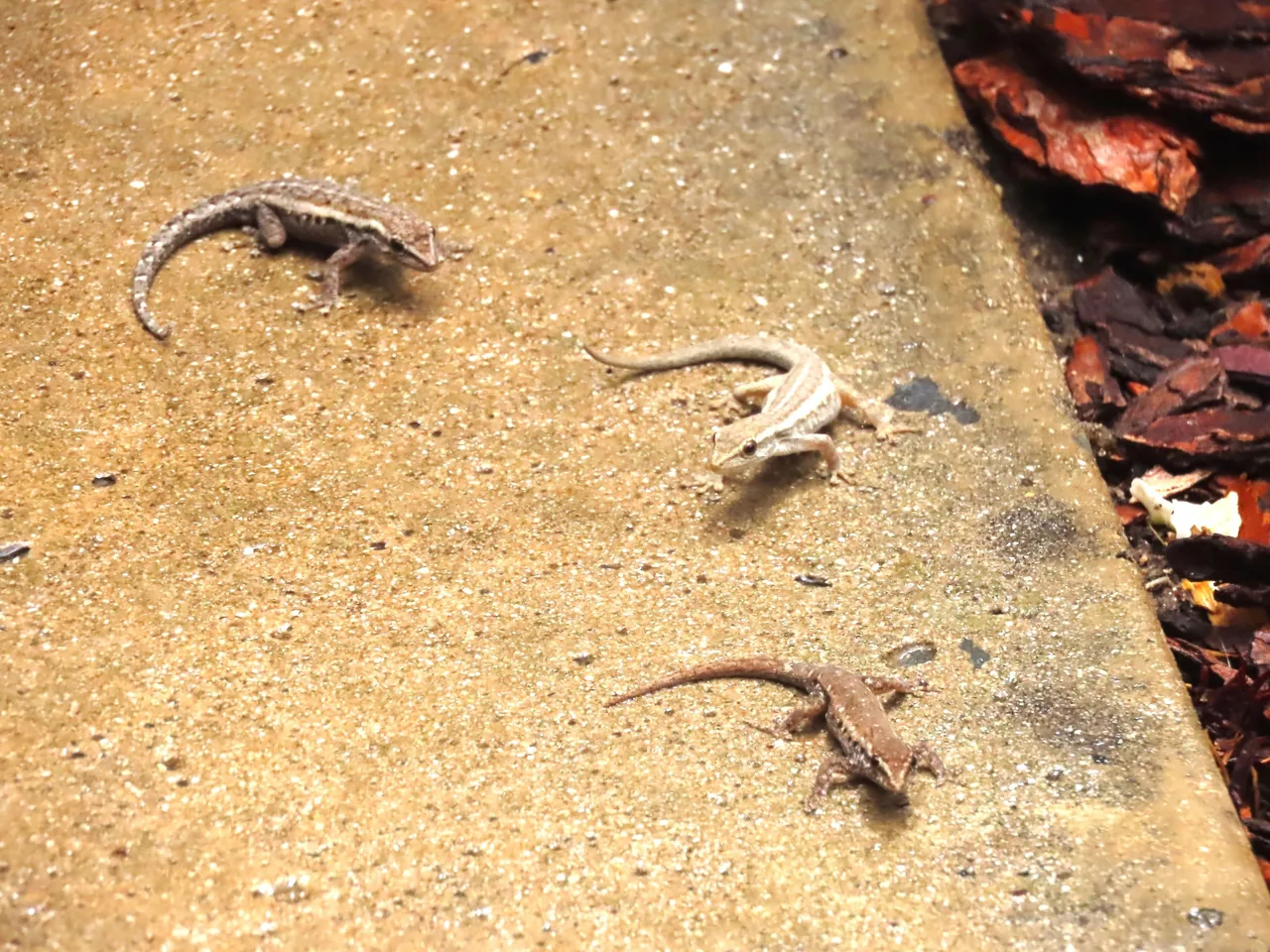
We are slowly heading into the Autumn (Fall) season, as you can see in the lovely golden color of this leaf.
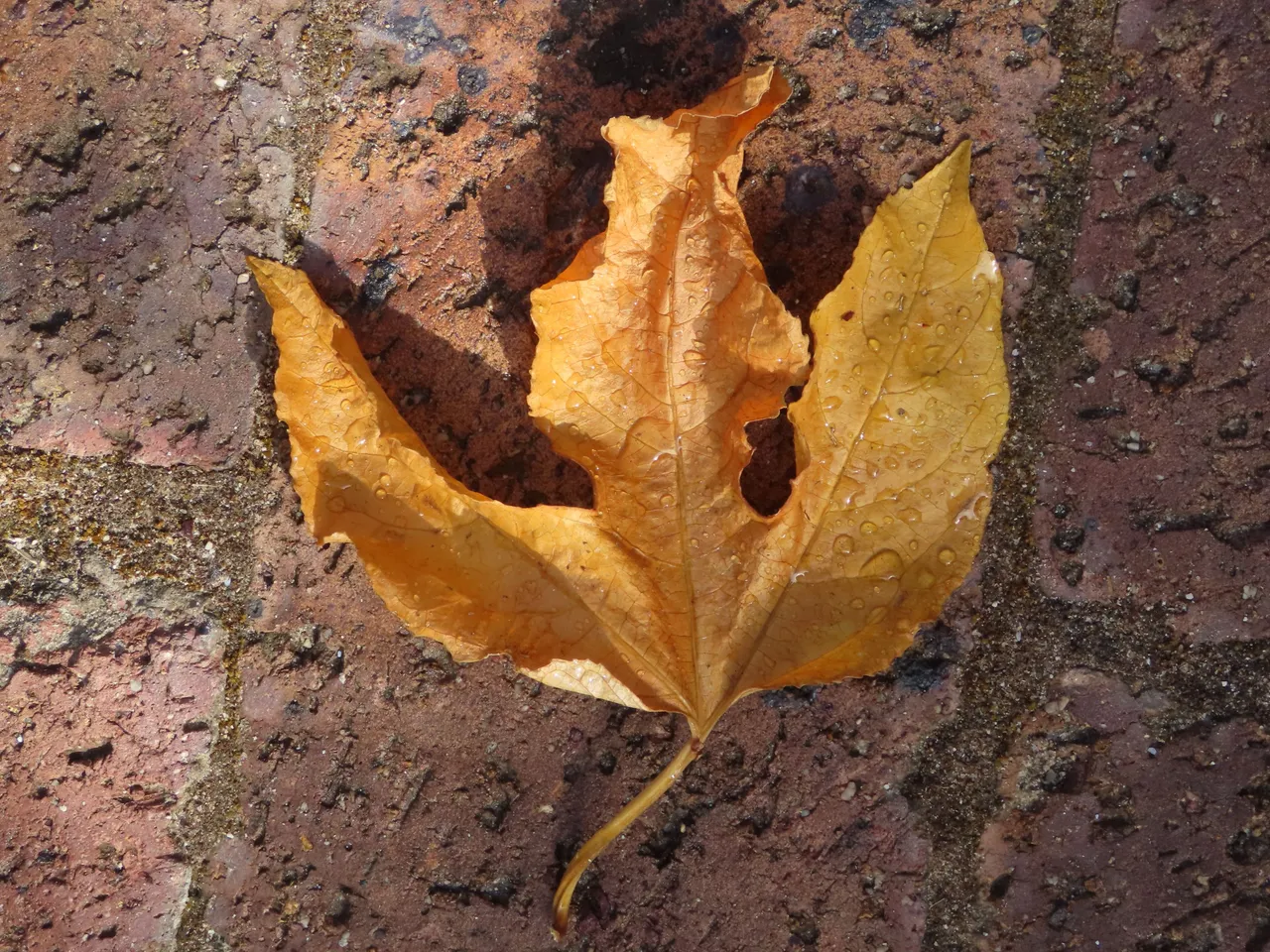
I tried to get a flying insect in a shot, as the two geckos were watching it, but sadly the flyer was a bit blurry.
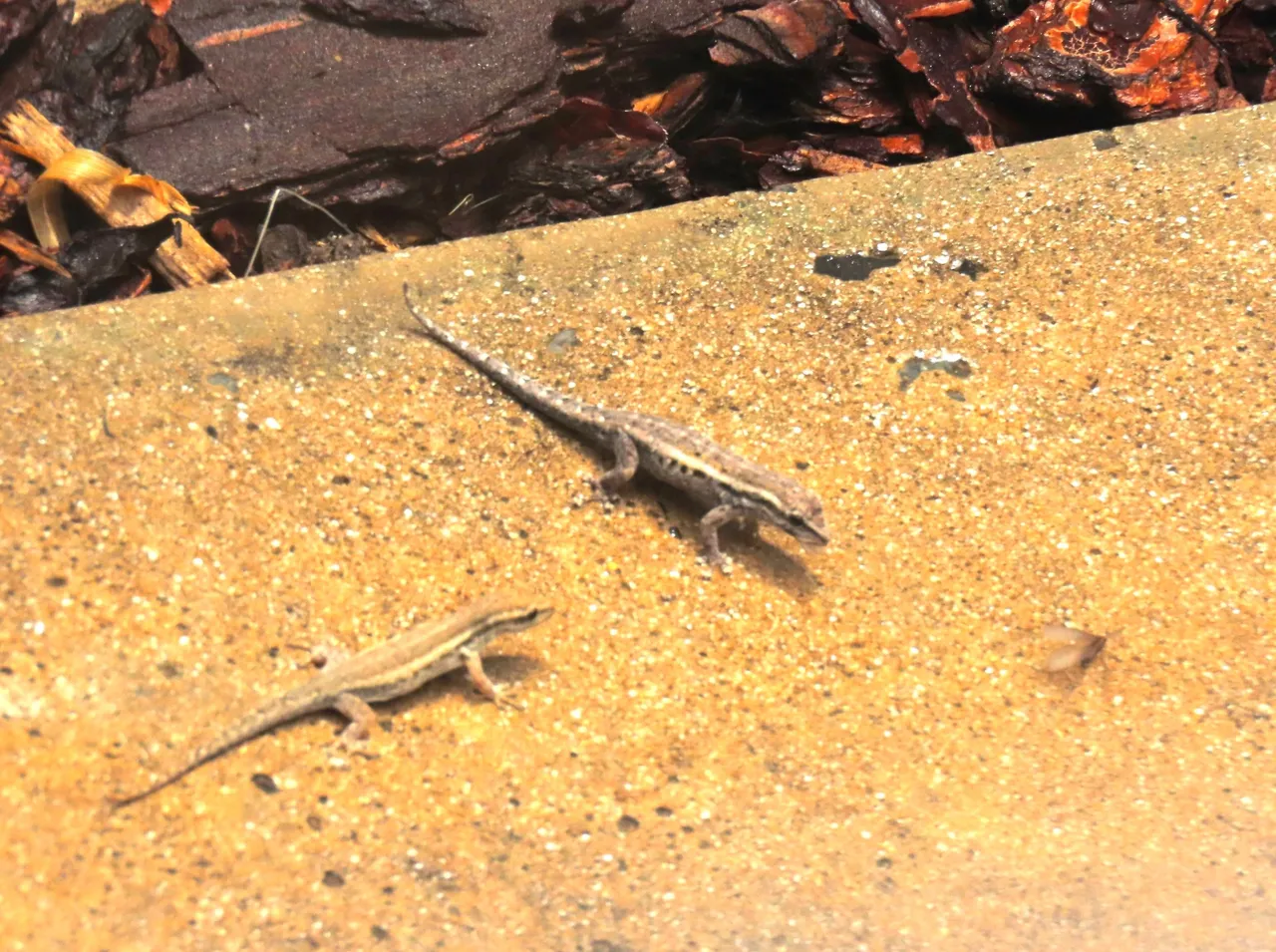
In any case, even the baby geckos got their share of the flyers.
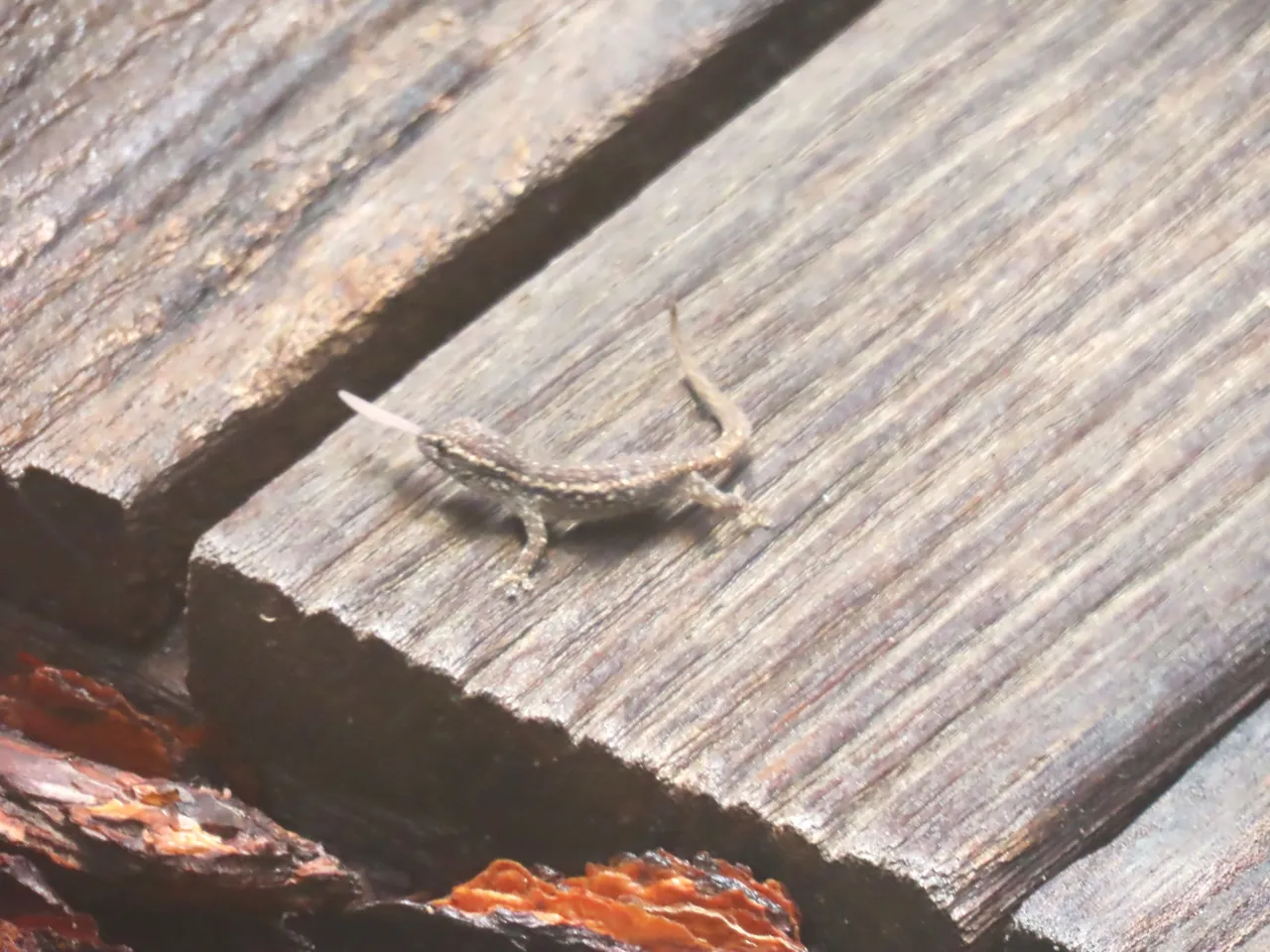
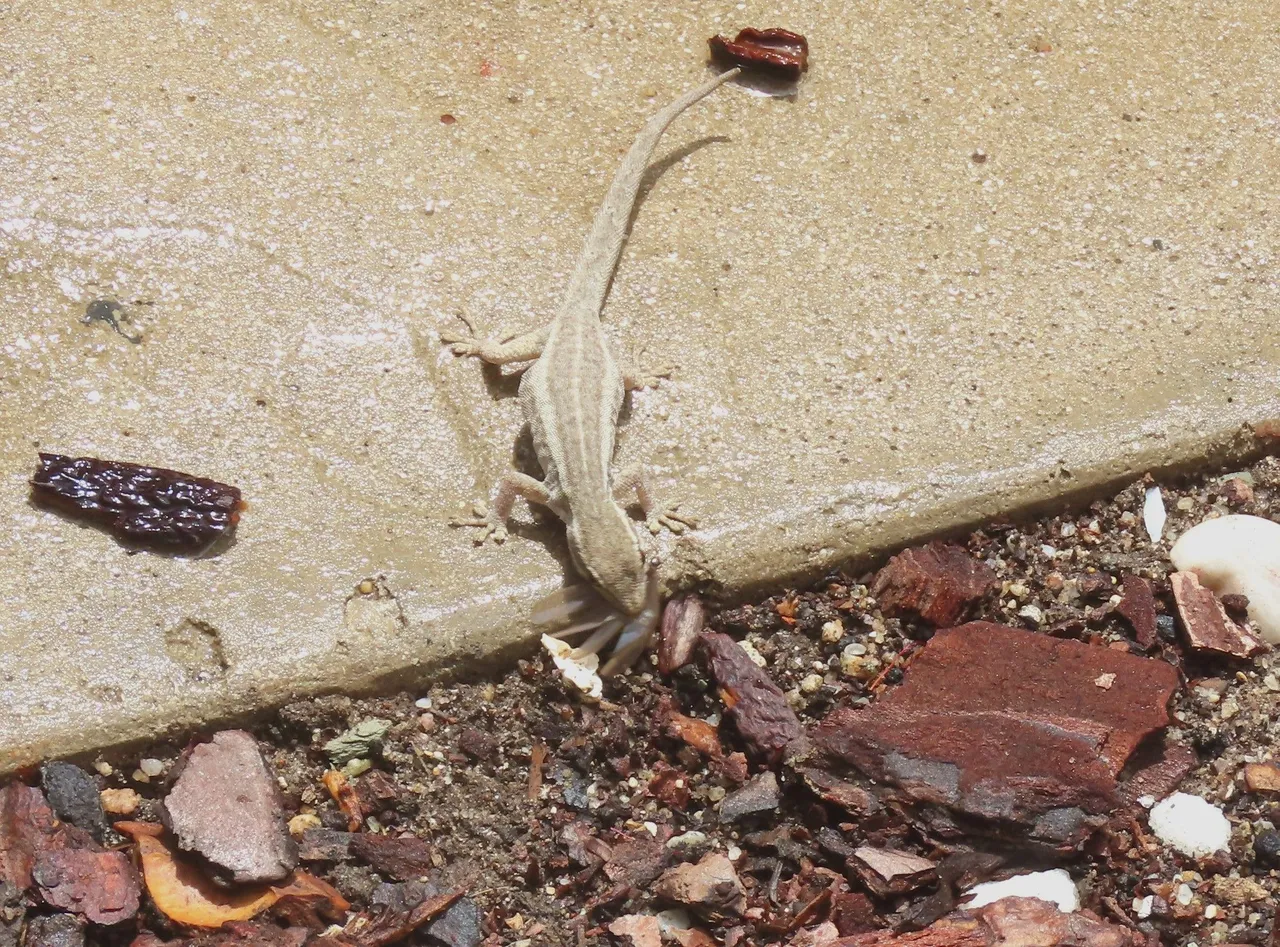
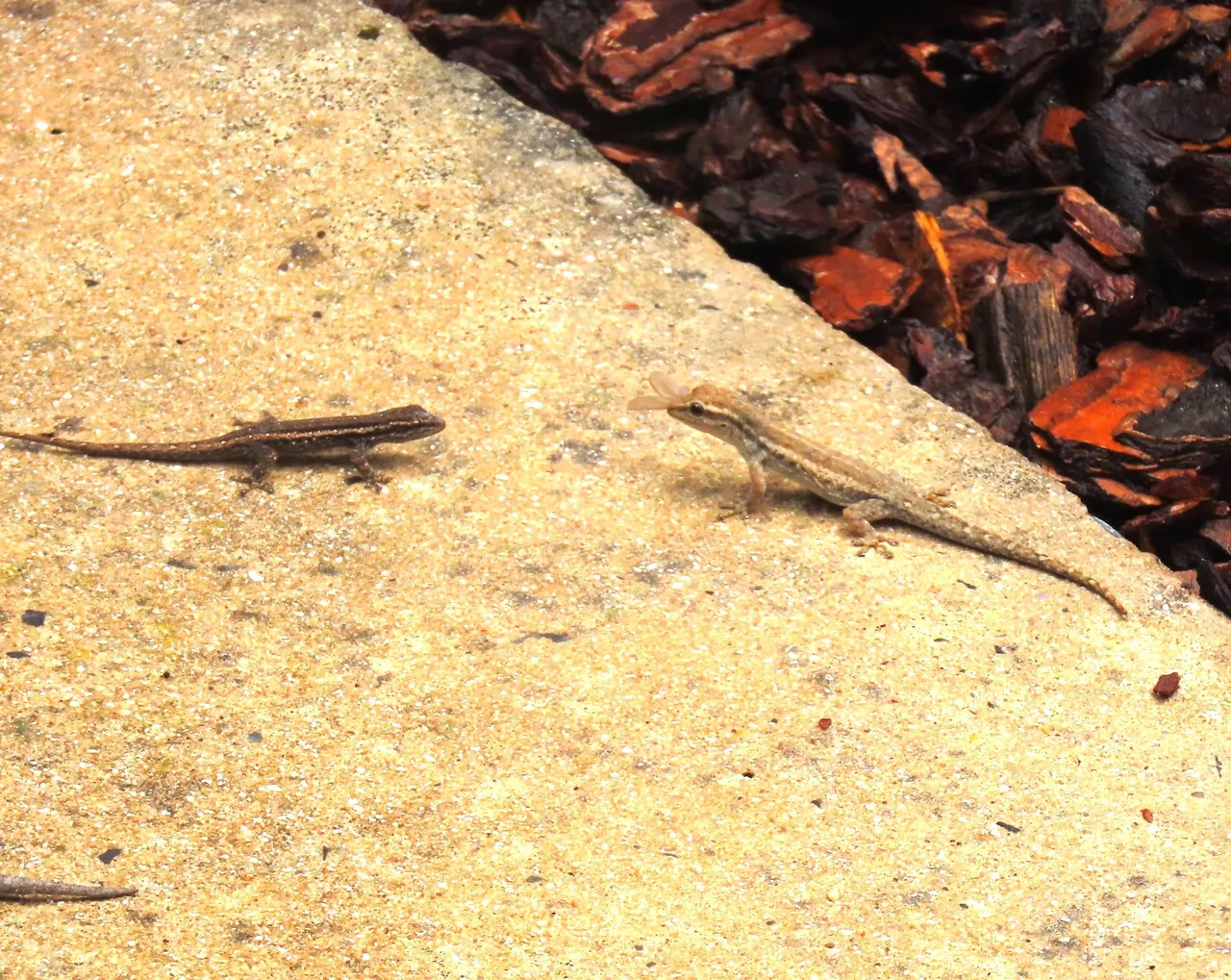
My wife bought this echinopsis at a place that sells succulents, as they donate the money for the plants to an NGO that sterilizes feral animals.
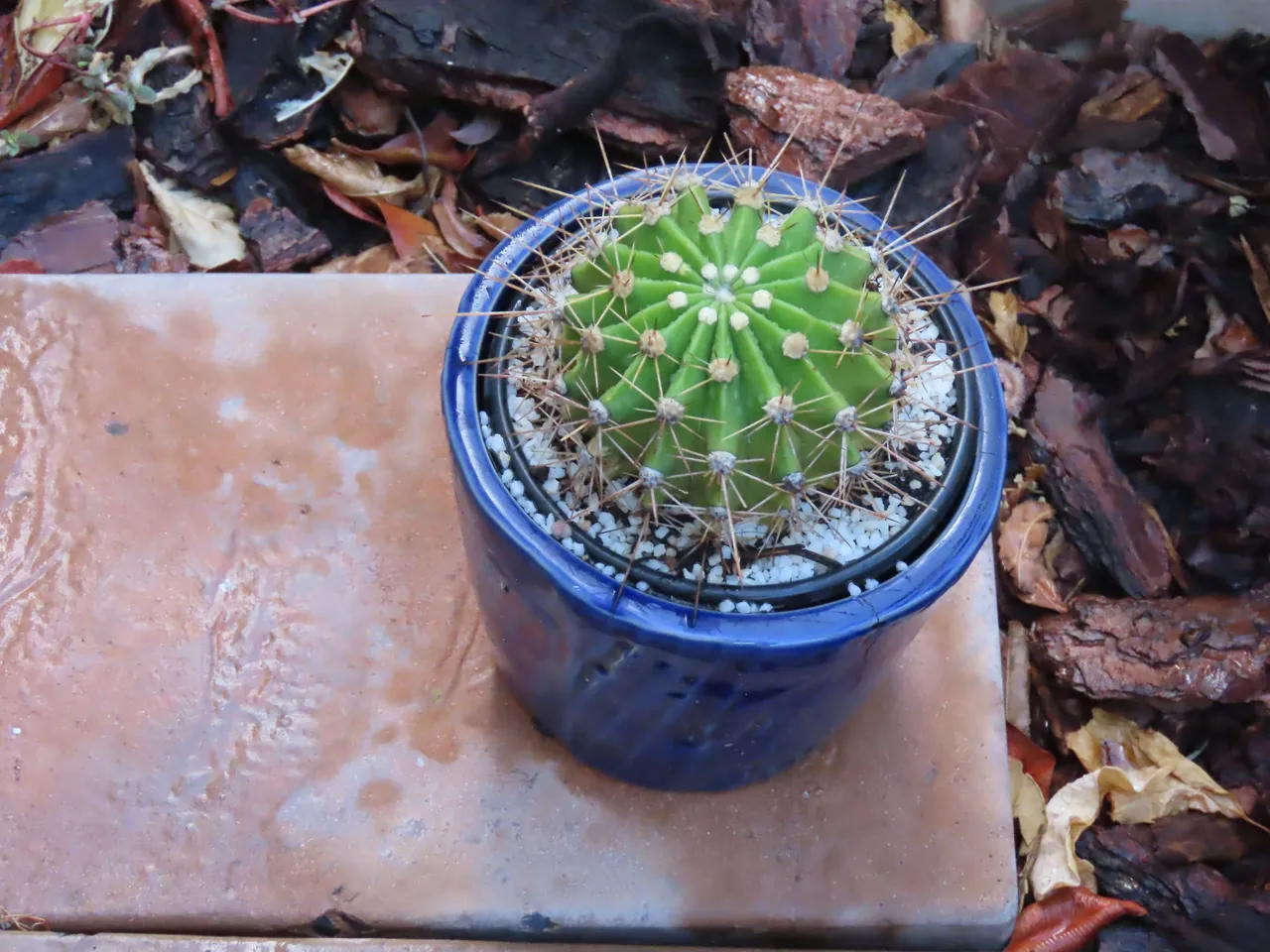
Now the echinopsis has its own new place in a large pot next to our Christ Thorn plant.
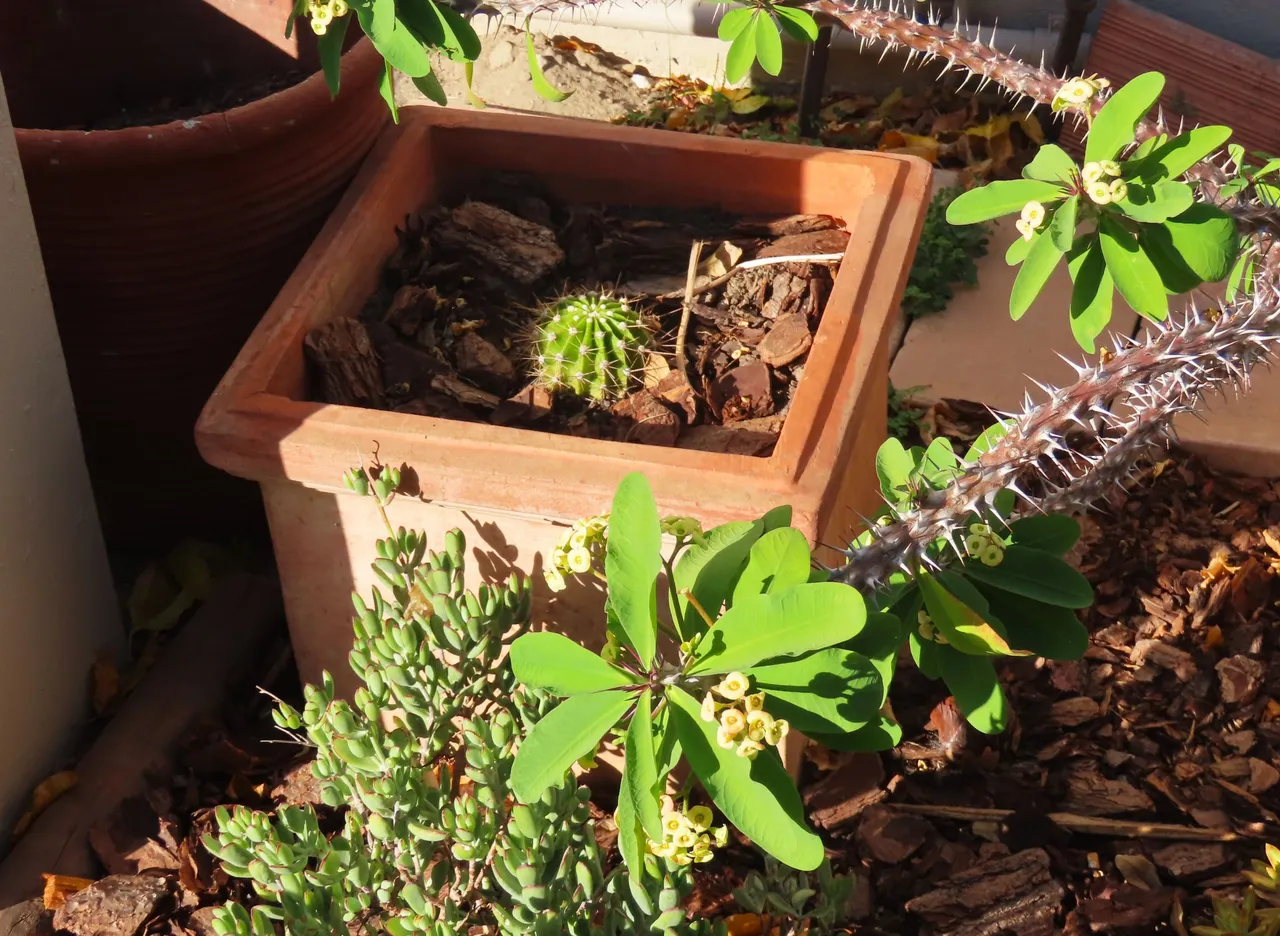
If you read the post, you would have seen that some keep the dwarf geckos as pets, and we will never dream of doing that. They were created to live in the freedom of the wild, and that's exactly where we leave them at peace. At times they come into the house, but they always find their way out again. We are just happy to have them around and my wife often chats to them. I am really worried that one day one of the geckos will answer her, as then I will become asylum bound :)
I am reminded of the lyrics of a song here.
Freedom's just another word for nothing left to lose,
Nothing aint nothing, but it's free
Kris Kristofferson-Me and Bobby Mcgee.
I hope you have enjoyed the pictures and the story.
Photos by Zac Smith-All Rights Reserved.
Camera: Canon PowershotSX70HS Bridge camera.
Thank you kindly for supporting this post.